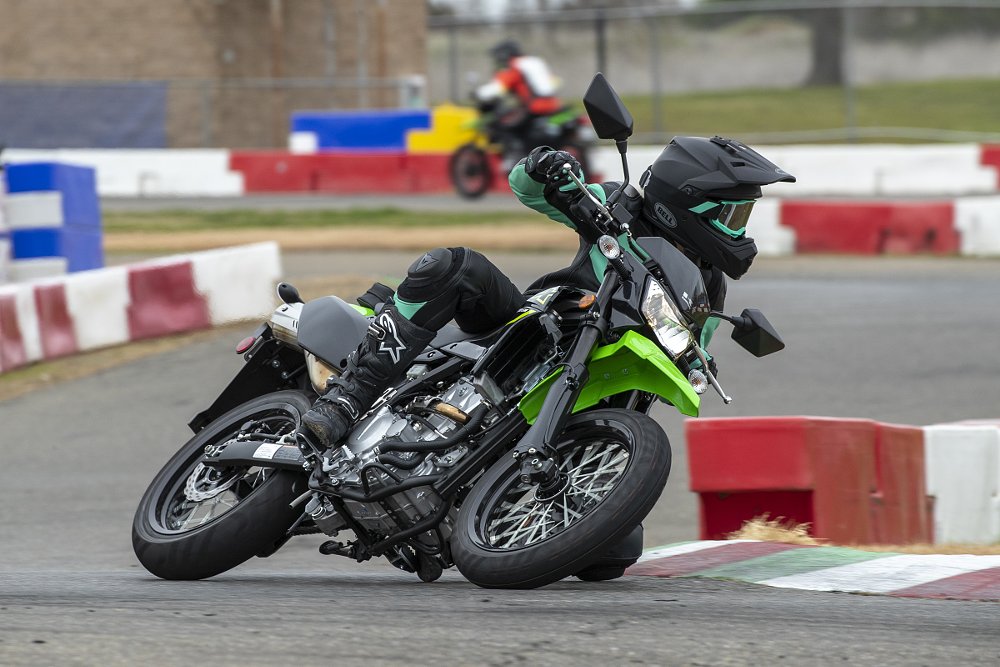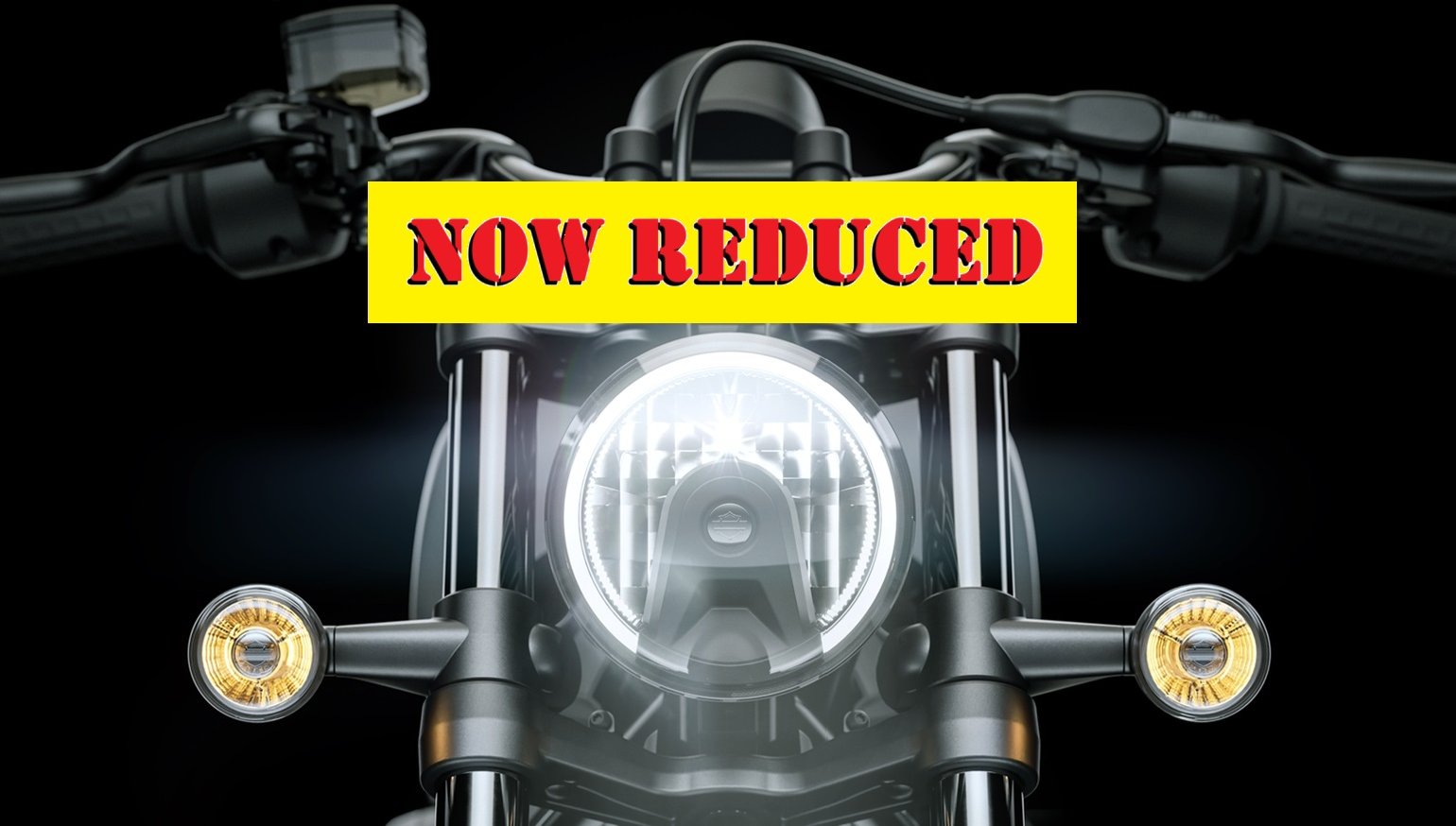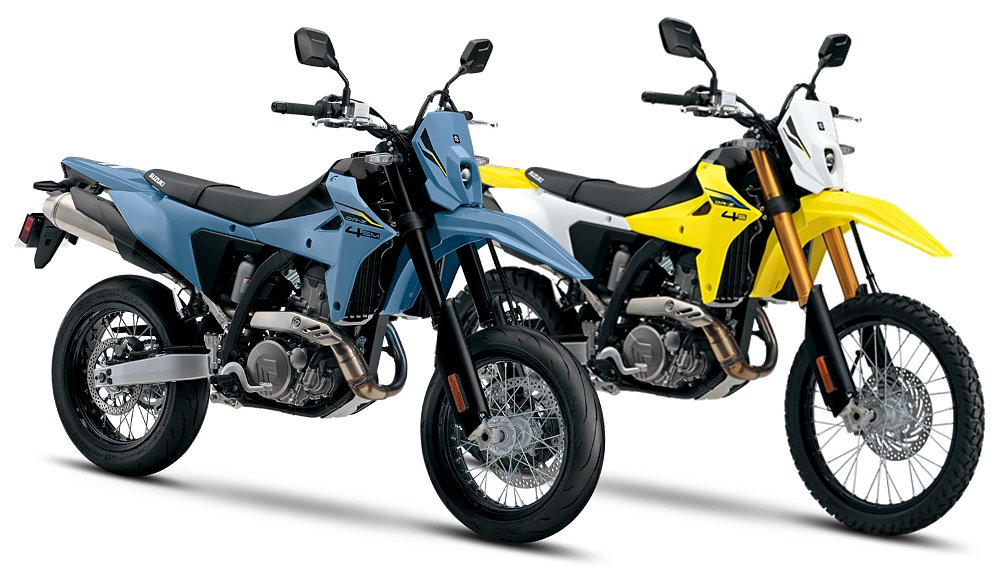Any first-year college student halfway through ECON 101 can tell you about supply and demand. If the goods aren't moving fast enough, you need to scale back production to reduce supply or take steps to boost demand, such as cutting prices, or both. In the motorcycle industry, we've seen several examples of the former over the past year and now we're seeing some interesting examples of the latter.
By now you know the general story line: The pandemic interrupted production and boosted sales of some kinds of motorcycles. Inventory was scarce and if you found the motorcycle you wanted, you had to jump on it quickly. But as soon as they could, manufacturers ramped up production and restocked dealers' inventories. Now, dealers generally have more motorcycles than they can sell. KTM is the most infamous example of this overproduction, pushing the company into a reorganization. But KTM is far from alone.
Several manufacturers have acknowledged that dealers are suffering from excess inventory and have cut back production. To give one notable example, Harley-Davidson reduced shipments of motorcycles to dealers by a serious 53% in the fourth quarter of 2024. Other companies have made similar moves. With interest rates higher last year than they have been for many years, manufacturers were also offering financing deals to help move product.
Now, with 2025 models flowing into dealerships, we're seeing another tactic: outright price cuts.
I'm not talking about a bargain you might get from an individual dealer who's willing to sell a model below MSRP because it's been gathering dust on the showroom floor for too long. I'm talking about manufacturers actually lowering the MSRP on the same model. Typically, we expect the list price for an unchanged model to stay the same or go up a few hundred dollars each year, but now we've seen the opposite, in some cases. Here are just a few examples.
Last year, the least expensive new Harley-Davidson you could buy was the Nightster, at $11,999, but CEO Jochen Zeitz hinted with an offhand comment that some price relief was coming at the low end of the model range. Sure enough, the MSRP for a 2025 Nightster is now $10,499.

One segment where prices always seemed to me to be high is the supermoto niche. The few supermoto models available in the United States were usually priced higher than their dual-sport counterparts and even higher than some larger street bikes with more features. With a lot of inventory backlog to move, KTM has gotten aggressive with pricing, putting an MSRP of just $5,499 on its new 390 SMC R, which led us to speculate about whether that would put downward pressure on the prices of other models. Well, coincidence or not, Kawasaki dropped the suggested price of its KLX300SM supermoto by $750 for 2025, now at $5,849.
Sales of off-road bikes and dual-sports soared in the pandemic, which greatly inflated prices of both new and used models, but that trend has also ended. Kawasaki's Versys-X 300 ABS is $500 cheaper for 2025, at $5,699, than it was a year ago.
Maybe you want something a little sportier, maybe with some retro style. Yamaha was asking $8,899 for a 2024 XSR700 but lists a 2025 at $8,599.
This isn't intended to be anything close to a comprehensive list of new motorcycles that will cost you less in 2025 than in 2024. It's also worth noting that many of these models that are seeing price cuts are ones that haven't been updated in a while, that face strong competition in their market segment, or are otherwise in a weak position in the market. Still, the norm is for a weak product to stay at the same price from one year to the next, and a strong product to go up a little. Now, we're seeing something else. Just another sign of the times.

 Membership
Membership





